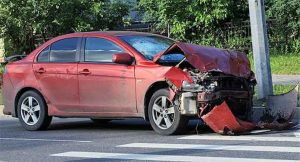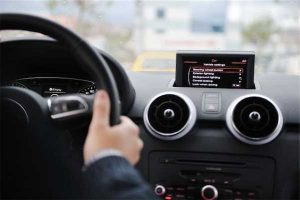Cycling Laws and Precautions To Help You Avoid Injury
 Each year as summer approaches, more and more bicyclists hit the road to take advantage of the warmer weather and longer daylight hours. Whether you are riding on a major street or on a back country road, sharing the road with other motor vehicles presents a risk for serious injury. According to the most recently available statistics, there were more than 800 bicycle fatalities on U.S. roads in 2015. That number represents over 2% of all U.S. traffic deaths for that year.
Each year as summer approaches, more and more bicyclists hit the road to take advantage of the warmer weather and longer daylight hours. Whether you are riding on a major street or on a back country road, sharing the road with other motor vehicles presents a risk for serious injury. According to the most recently available statistics, there were more than 800 bicycle fatalities on U.S. roads in 2015. That number represents over 2% of all U.S. traffic deaths for that year.
New Jersey has laws about sharing the road designed to make it safer for both motorists and cyclists. The laws for cyclists cover everything from safety equipment to where on the road they should ride. To learn more about how to keep yourself and your family members safe while bicycling this summer, read “NJ Bike Laws and Safety – Here’s What You Should Know.”
 New Jersey Injury Lawyers Blog
New Jersey Injury Lawyers Blog










